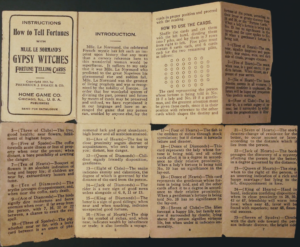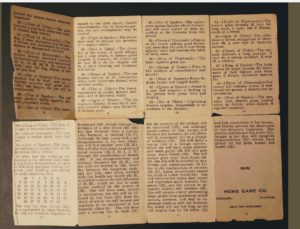Once upon a time I used to have an almost photographic memory (as long as it was on a subject I cared about). When taking exams I could close my eyes and see the text I wanted to recall on the page in the book, like an picture in my mind. That got me through more than one or two tough exams I tell you! When arguing on the internet because somebody was wrong I knew exactly where I had read something and would often send the long suffering husbeast to find the book which would help me win an argument with a blase comment like – “its on the fourth shelf down about 6 books in from the left, it’s on a right hand page about a 3rd of the way through” I was rarely (if ever) wrong.
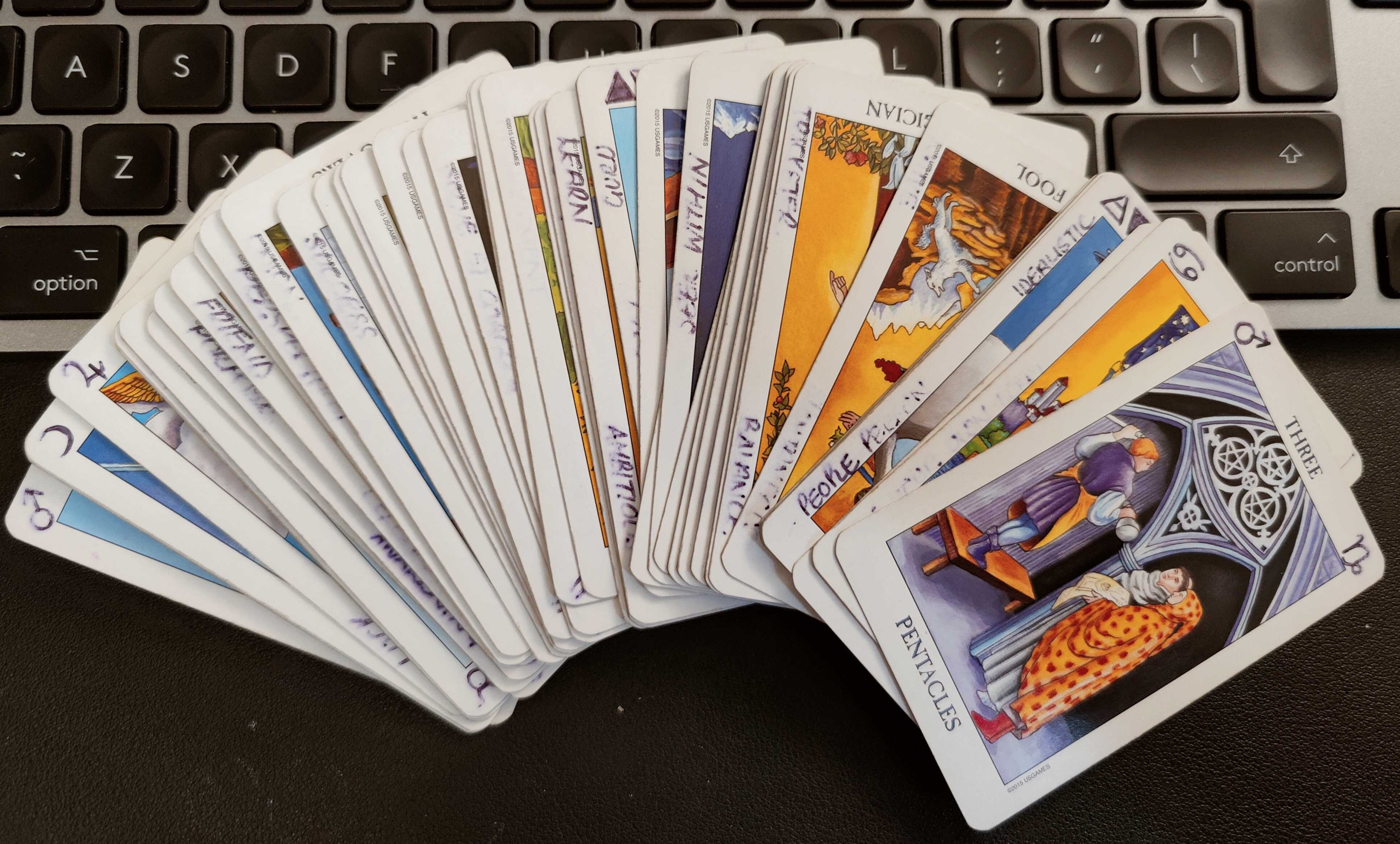
My personal “marked deck”
Thing is to achieve this feat I needed to see the thing first laid out in front of me and when I got serious about the Tarot I struggled to make the connect between the elemental attributions and the astrology associated with certain cards because most decks don’t include the symbolism for these attributions in their designs. In fairness I’ve got lazy now and I would still really have to wrinkle my nose and squint hard before I could tell you that the 2 of Swords was Moon in Libra, but is partly because I hit upon a thing that changed my tarot reading forever and literally levelled me up by an order of magnitude. I started writing on my decks.
For me cards are just that, cards. OK there are now a few exceptions in my collection. Items that were created and consecrated in a talismanic way. But for the most part our decks are mass produced objects, it’s what we do with them that makes them special, so writing on them when you first get them isn’t a no-no in my world. So when I get a new deck the first thing I do now is mark the astrology, elemental and sometimes even keyword associations. With my main “working” deck which I use for the clients I work with on the lines I even properly write on the cards, new ideas, thoughts for new associations etc. My cards quite literally become a book of mysteries.
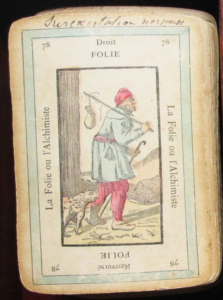
Annotated Etteilla II from the Hexen Museum
And yet this practise is often frowned upon, considered a basic or beginners move, although goodness knows why. So although I teach my students to do this its not something I publicise very often. Until now that is. Last year I read an interview with Wicca Meier Spring in the Esotoracle magazine about the Hexen Museum in Switzerland and its collections of rare cards. One deck a Grand Etteilla II discussed was of particular interest, it had once belonged to Mde. Moreau a student of the infamous Mlle Lenormand, it is heavily hand annotated. In fact if you look at other decks from the same stable, the Grande or the Petit Etteilla all have writing and keywords on the Trumps, Pips and Courts. This isn’t a new concept. The Queen of Pentacles for example is “La Femme de Campagne” – the country woman, which gives a great new view on that particular Queen don’t you think? but I digress.
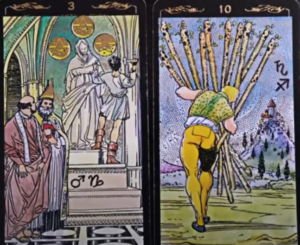
Benebells Golden Universal
The Universe often likes to tell me that it’s got my back when I do heretical things, so shortly after I read the article about the Etteilla deck, whilst debating if I would go “public” as it were I was doom scrolling social media and a Youtube video caught my eye. The esteemed Benebell Wen with a deck of marked cards eschewing the benefits of adding – with a sharpie no less – correspondences to your cards. If it’s good enough for her, then it’s good enough for me. So now I don’t fret too much who sees my cards and I push the joys of card marking even more to my students. Go on do it, you won’t regret it, well unless its on some uber rare 1st edition – then I’d probably stay your hand; but for a mass produced deck hey what could go wrong if you bungle it one of two things will happen, it will be a laminated or plasticised card so with a bit of good old Florida water and a tissue you can quickly wipe away your mistake with minimal damage OR you just buy another blimmin deck.
Let me know how you get on
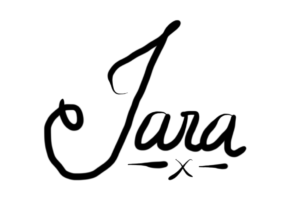
Thanks to both Benebell Wen and Wicca Meier-Spring who gave me permission to use thier images. I am very grateful x

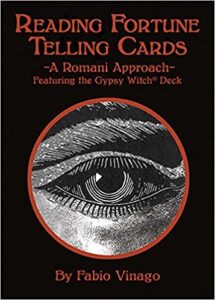 Anyway with all that said, you may remember I had a
Anyway with all that said, you may remember I had a 